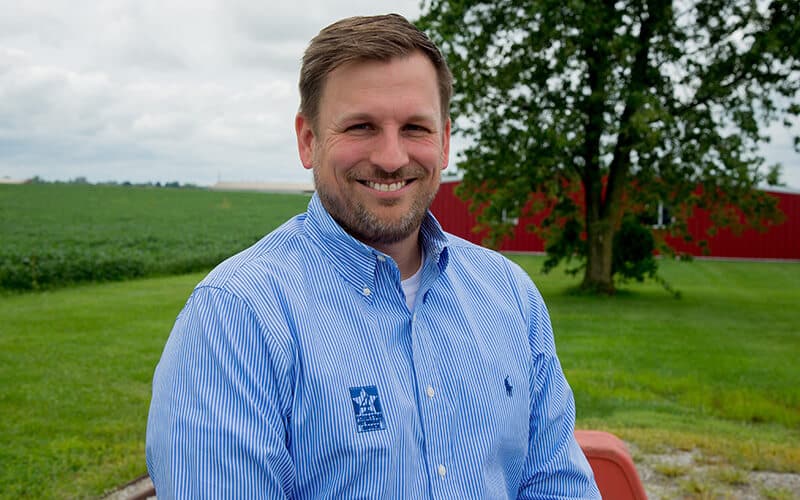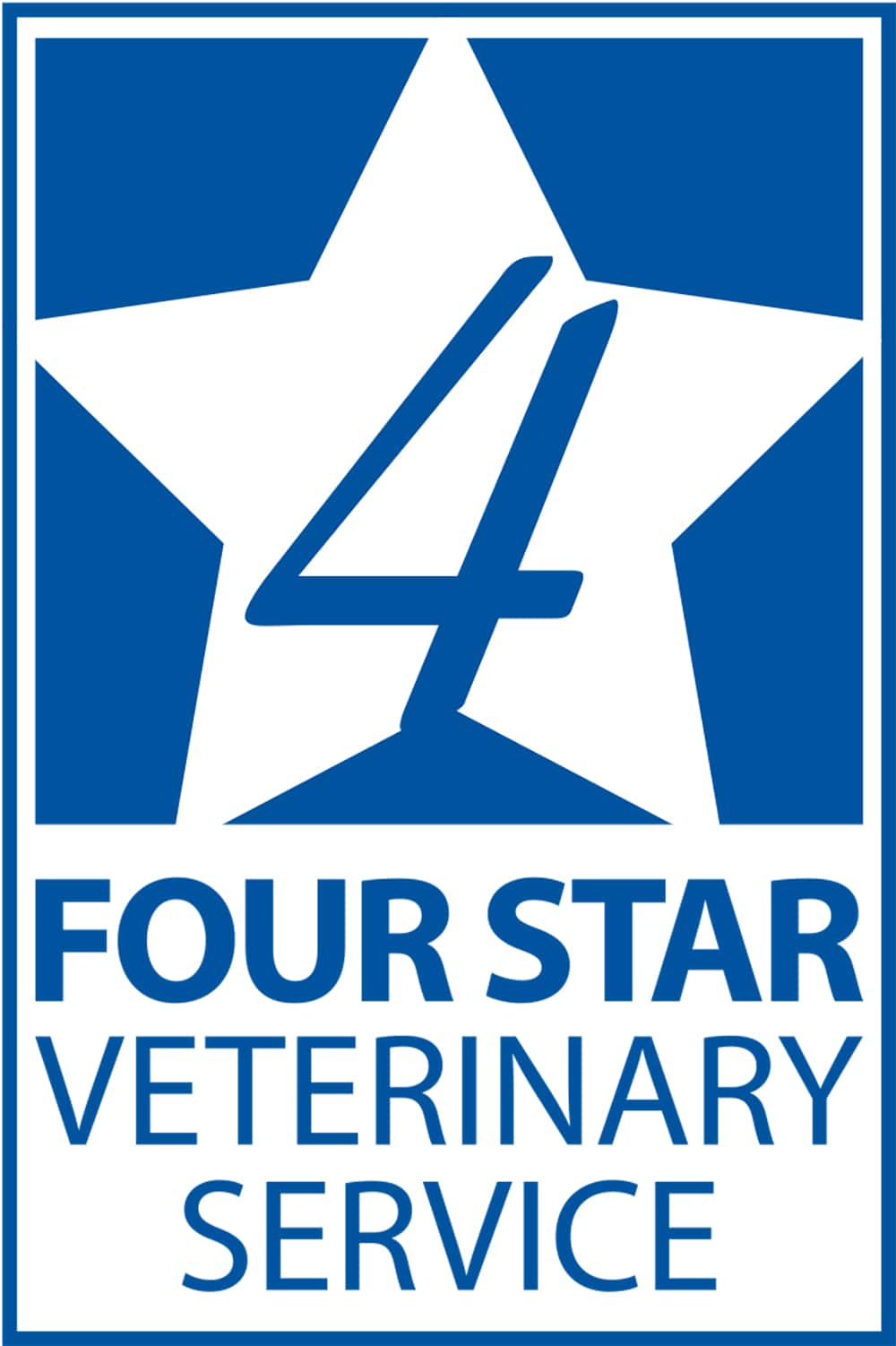
Success in pork production starts with a well-managed sow herd that cycles together and on time. Unfortunately, reproductive problems can derail the breeding process.
“One of the biggest [challenges] we battle is making sure we get these gilts cycling and breeding appropriately,” said Daniel Hendrickson, DVM, Four Star Veterinary Service in Farmland, Indiana. “It’s very, very important that we get these gilts off to a good start and get them bred in the herd.”
A successful first parity sets gilts up for successful parities throughout their lifetime, Hendrickson added.
Getting gilts bred
The main reason gilts do not get bred on time is lack of good boar exposure, according to Hendrickson. Boar exposure should start in the gilt-development unit and continue when they enter the sow farm.
“Make sure not only are gilts getting more exposure, but multiple boar exposures,” he explained. “Gilts react differently to different boars because different boars put off different amounts of pheromone.
“And sometimes it takes getting those boars in with the gilts…You’re not going to get very good exposure if you don’t actually get that boar into the pen and let him get in contact with the female.
“Also, gilts [should be] at adequate size, adequate age, adequate body condition. All those things can affect estrus.”
Hendrickson wants gilts bred at 36 to 38 weeks of age and farrow at 1 year of age. He also wants gilts weighing at least 300 pounds. “We want them old enough and big enough so when they do farrow…there are fewer dystocia problems,” he said.
Sow challenges
In sows, Hendrickson sees some seasonal influences on breeding. In late summer, there can be an uptick in sows with delayed estrus. Instead of coming into heat at 5 days post-weaning, they come into heat 6, 7 or 8 days post-weaning. In the winter, he notices another delay in estrus due to the cold weather.
“I believe the main [problem] that affects sows coming out of farrowing is body condition,” he said. “If they go into the farrowing house too skinny, then they come out of the farrowing house too thin. Then the sow’s body goes into a protective mechanism where they know they’re not in good enough condition to cycle like they need to.”
When sows and gilts do not come into heat, Hendrickson said to look for the cause in genetics, management and boar exposure. If the cause is not apparent, then he uses estrus manipulation products.
How to manipulate estrus
“Our ideal situation is to use our hormones or injectables, P.G. 600 and Matrix, at a bare minimum,” he said. But if the cause for estrus delay is not found, then he will use a product to get females in heat and bred.
“The only time P.G. 600 is successful is when a gilt’s either been cycling and quit cycling through her estrus, or she’s never cycled before,” he explained. “That’s when we can use P.G. 600 to stimulate that gilt to cycle that first time and then go from there.”
But if a gilt cycled 7 days ago and the breeding crew missed it, or the gilt didn’t have a very strong heat, P.G. 600 will not change the cycle or help it.
“An example of how I suggest my clients use P.G. 600 is once we definitely know those gilts are of age and the right size, we really stimulate them with multiple boars…for 4-, 5- and even 6-week period…Then we’ll go in and use P.G. 600 to help stimulate those gilts that haven’t cycled within that first window.”
Matrix is a product Hendrickson uses to help organize a group of sows or gilts for possibly batch farrowing or a breeding project. The product delays estrus and works well on females that have been cycling, he added.
To organize a group of gilts where some have and some have not been cycling, he suggested putting the group on Matrix or a progesterone product for 14 days. On the last day or after the last dose, he gives the gilts a dose of P.G. 600. This results in a high percentage of gilts coming into estrus together.
